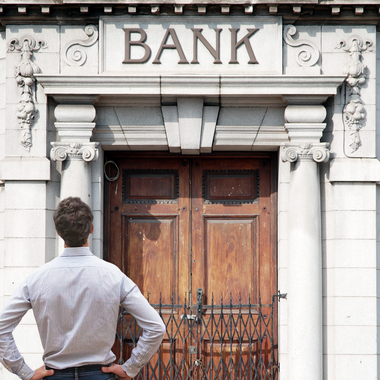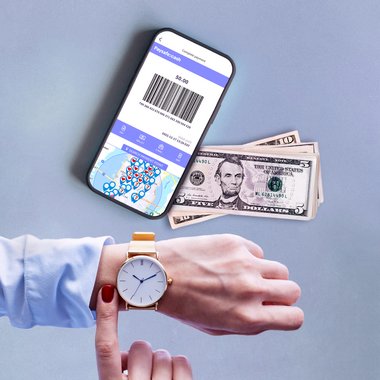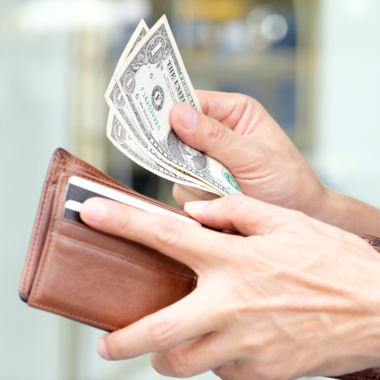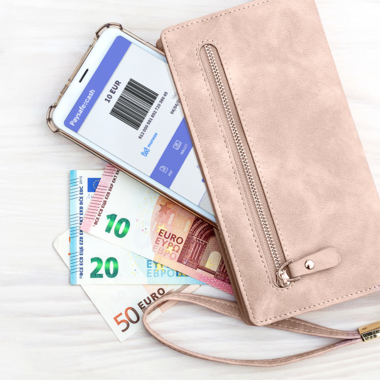What’s next for cash post-COVID-19?
May 14, 2020There is still a significant role for cash in the payments ecosystem, but with consumers increasingly relying on eCommerce in the wake of COVID-19, will their relationship with cash change? And if so, how?
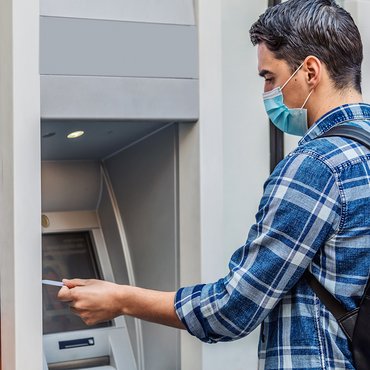
Cash remains central to consumers’ spending plans
The first thing to note is that cash remains a relevant payment method for the vast majority of consumers. When we asked about current levels of cash consumers had access to, 93% of consumers said that they were still taking cash out of ATMs. Over half (57%) of consumers had more than £50 (or the equivalent sum in their home currency) on them and the overall average value of cash consumers are carrying is almost three times (£148) that amount.
On average, how much cash do you have access to currently?
So it is not surprising that attitudes to cash are being effected by COVID-19, as consumers consider their relationship with this important payment method in new social circumstances. Overall 51% of consumers say that they are currently carrying an unusual amount of cash due to COVID-19. This group is split almost exactly in half by those that are carrying more cash (26%) and those that are carrying less (25%); an indicator that there are competing factors consumers are weighing up when considering whether to use cash during the pandemic.
How much cash do you carry relative to the usual amount you would carry?
COVID-19 is having a significant impact on attitudes to cash in the US, and is still relevant in the UK
The impact of the COVID-19 crisis is having on cash is most evident in the US. 58% of US consumers say that the value of cash they are carrying has changed because of COVID-19; 33% of consumers are carrying more cash because of COVID-19, more than any other country.
A strong faith in the stability of cash is the reason for this. When asked whether cash was the most reliable form of payments in a crisis, US consumers agreed with this statement most strongly. Overall, 60% of US consumers said that cash was the most reliable form of payment in a crisis, and 28% strongly agreed, the highest of any country in both categories.
How much cash are you carry relative to the usual amount you would carry?
The UK is the country where contactless payments adoption is greatest, and this is reflected in the value of cash consumers currently have access to. Even though over a quarter (26%) of UK consumers say that they currently have access to more cash than usual due to COVID-19, the average UK consumer is only carrying £109. Only a quarter of consumers (24%) have more than £100, by a distance the lowest percentage of consumers to do so. Yet, while the percentage of cashless consumers is highest in the UK, this is still only 9%, meaning that 91% of UK consumers still have a relationship with cash.
Business as usual in Germany and Austria
Traditionally cash usage has been strong in the DACH region, with German and Austrian consumers often being touted as amongst the biggest users of cash in Europe. To some extent this was reflected in the data; 96% of Austrians are currently using cash and the average Austrian is carrying €183 (£159). German appetite for cash is slightly lower, with 93% of consumers currently having access to cash and the average consumer carrying €158 (£138).
But this doesn’t tell the full story, because attitudes to cash in Germany and Austria are least affected by COVID-19. A greater percentage of consumers in Germany (57%) and Austria (58%) said that they are carrying the same amount of cash as they would usually do and only 7% of Germans and 6% of Austrians said that they are currently carrying significantly more cash than usual. This confirms not only that cash dependency was already strong in these countries before COVID-19, but also that we are less likely to see a drop-off in cash usage once the pandemic is defeated.
And while consumers in the US are possessing more cash, German and Austrian shoppers are more likely to be spending it. 53% of German and 43% of Austrian consumers are still making cash payments during the COVID-19 pandemic; only Bulgarian consumers (71%) are more likely to be doing so.
A role for cash in eCommerce
But that doesn’t mean that consumers’ relationship with cash will not change following COVID-19, even in Austria and Germany. Globally 38% of consumers are planning to shop online more once the pandemic is over, and whilst this percentage is lower in the DACH region, 20% of Austrians and 27% of Germans are still planning to shop online more frequently.
However, despite this shift from in-store to online shopping, consumers are clear that this doesn’t alter their preference for keeping cash central to the payment ecosystem. But this is dependent on it being easy to do so; when consumers that said they would be shopping online more often following the COVID-19 pandemic were asked why, two thirds (65%) said it was because it was more convenient to do so. So ease and convenience are clearly the focus for this new group of online consumers, and online businesses will have to adapt their businesses accordingly to offer the most seamless user experience including at the checkout.
When all consumers were asked about potentially using cash to make payments online, 40% of consumers said that they would like to do so if it were easy. For 36% of consumers, being able to make online purchases easily with cash would actually change their shopping habits. This could make cash a game-changing addition to the checkout for online businesses; a differentiator for consumers that are committed to shifting their allegiance to eCommerce but still prefer to use cash, and an enticing proposition for consumers that are committed to cash but would change their shopping habits to buying online if they could keep cash central to their spending.
Embracing cash post-COVID-19
The fallout of the COVID-19 pandemic is going to impact businesses for a considerable length of time; not least because of the influence the crisis is having on consumer habits and preferences. Reacting to this shifting landscape must be a priority for businesses; for online retailers, understanding the impact that traditional cash consumers might have on eCommerce is one such shift. Embracing the most convenient eCash payment solutions and integrating these alternative payment methods into the online checkout should be strongly considered by businesses as they look to futureproof and strengthen their market position as we move beyond COVID-19.
